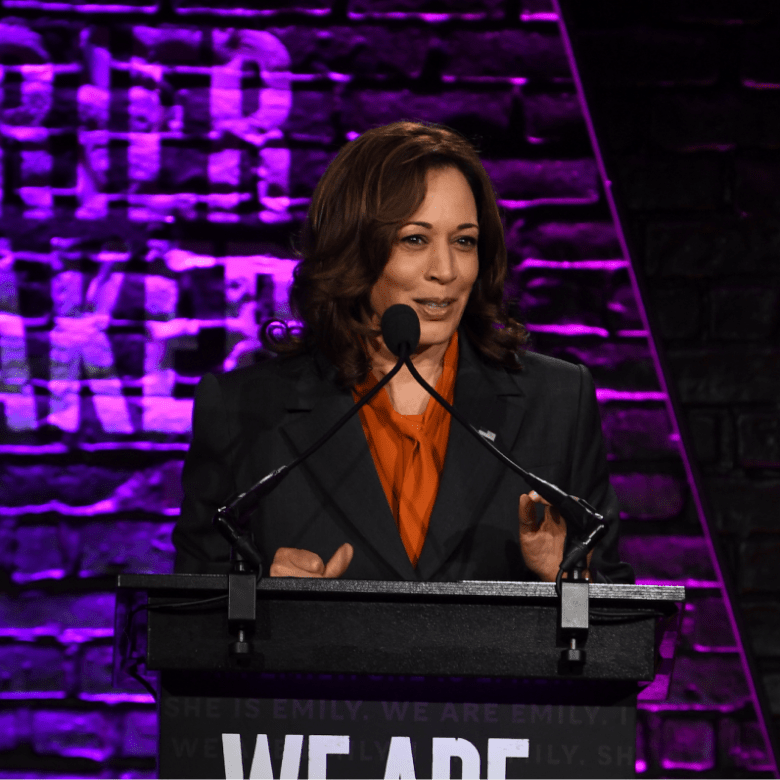The #Resistance Had A Very Good Night
Five Thirty Eight: The #Resistance Had A Very Good Night
By: Nathaniel Rakich
The Democratic Party woke up this morning with a clear signal from Tuesday’s primary elections: The #Resistance means business. The more progressive candidate won in Democratic primaries around the country. The question, however, is whether those more liberal candidates will hurt the party’s chances in November.
The biggest — and most surprising — news of the night was nonprofit executive Kara Eastman’s nomination in Nebraska’s 2nd Congressional District. Although former U.S. Rep. Brad Ashford had both the money and the backing of national Democrats, Eastman defeated him 51 percent to 49 percent. Like many of Tuesday’s victorious Democrats, Eastman won by throwing red (blue?) meat to the liberal base: Where Ashford touted his ability to build consensus in Congress, Eastman promised confrontation and, well, resistance to President Trump.1
The potential problem for Democrats is that Eastman’s outspoken liberalism may turn off general-election voters in Nebraska’s 2nd District, which, while not ruby red, is still red. True, Barack Obama carried it 50 to 49 percent in 2008 — but that was 10 years ago and in an election where Democrats won the popular vote by 7 percentage points. Since then, Mitt Romney carried the district by 7 points (while losing nationally by 4 points), and Trump won it by 2 (while losing nationally by 2).2 All in all, the 2nd is 6 percentage points more Republican-leaning than the nation as a whole, according to FiveThirtyEight’s partisan lean metric.3 Democrats currently lead the generic ballot by that same 6 points. If that remains true in November, that would theoretically translate to a tie ballgame in the 2nd District — the kind where small considerations, like a candidate’s appeal to the median voter, could tilt the outcome.
And Ashford would have probably bought Democrats a few extra percentage points. In 2016, he lost his re-election race in Nebraska’s 2nd District by 1 percentage point, running slightly ahead of Hillary Clinton. In 2014, he won the seat by 3 points in a year in which Democrats lost the national House popular vote by 6 points. While it’s possible that excitement for Eastman’s candidacy among the progressive grassroots will draw more Democrats out of the woodwork, she may have trouble winning over persuadable voters too. There’s plenty of evidence that candidates closer to the ideological poles do worse than moderate ones; it’s been demonstrated in political science research, and we saw real–life examples of it in 2010, when Republicans had a wave election of their own against an unpopular first-term president. Although Eastman could certainly still win in a strong Democratic year, we may also look back on her nomination as Democrats’ first “tea party” moment: a general-election opportunity squandered in the primary (or, at least, made more difficult).
And Eastman wasn’t alone. In Idaho, state Rep. Paulette Jordan surprisingly cruised to the Democratic nomination for governor, 59 percent to 40 percent, over a more moderate, better-funded and better-known (he was the party’s nominee in 2014) rival. Jordan, who would become the first Native American governor in U.S. history if she pulls off the upset win, was endorsed by Democracy for America, Indivisible and Cher — three entities not usually known for their influence with Idaho voters.
Two Pennsylvania congressional primaries also pitted progressivism against pragmatism, and the progressives went two for two. In the 1st District, philanthropist Scott Wallace, the grandson of the Progressive Party’s 1948 presidential nominee, defeated former Navy prosecutor Rachel Reddick 56 percent to 35 percent. Reddick had made her conversion from the GOP a centerpiece of her campaign. In the 7th District, a split in the progressive vote nearly caused Democrats to nominate Northampton County District Attorney John Morganelli, who has made comments friendly to Trump and not-so-friendly to undocumented immigrants. However, Allentown City Solicitor Susan Wild defeated him 33 to 30 percent, with Bernie Sanders-endorsed pastor Greg Edwards in third with 26 percent. More than Nebraska’s 2nd District, both the 1st and 7th Districts in Pennsylvania are true swing districts, with a partisan lean of R+1 and D+0.04, respectively — in other words, they’re almost perfect bellwethers for the nation as a whole. So Democrats have a little more margin for error there in such a Democratic-leaning national political environment. (Of course, if that environment changes … )
Eastman’s, Jordan’s and Wild’s victories were part of another trend on Tuesday night: Women dominated. They won 11 out of the 16 contested Democratic primaries for Senate, House or governor that featured at least one female candidate and no Democratic incumbent. In Pennsylvania alone — currently the largest state with no women in its congressional delegation — three women won Democratic primaries in seats likely to elect them in November: Madeleine Dean in the 4th District, Mary Gay Scanlon in the 5th District and Chrissy Houlahan in the 6th District (though her race was uncontested). Tuesday also represented the continuation of a strong election cycle for Emily’s List, the progressive political action committee that works to elect pro-choice Democratic women. Three of the five candidates the organization endorsed triumphed on Tuesday, as did one (Scanlon) that it spoke highly of.
Finally, Republicans held primaries last night too — and, in a role reversal, for the most part they chose more electable options. In Idaho, Lt. Gov. Brad Little, who enjoyed the support of much of Idaho’s Republican establishment, defeated Trump-like businessman Tommy Ahlquist and bomb-throwing tea party Rep. Raul Labrador in the primary for governor. In Oregon, pro-choice state Rep. Knute Buehler fended off two more conservative Republicans with 47 percent of the vote, preserving a potential path to victory for the GOP in the Beaver State’s gubernatorial race. And in Pennsylvania, state Sen. Scott Wagner — who came the closest to defeating Democratic Gov. Tom Wolf in pre-primary polls — topped Paul Mango, albeit by a smaller-than-expected 44-to-37-percent margin.
